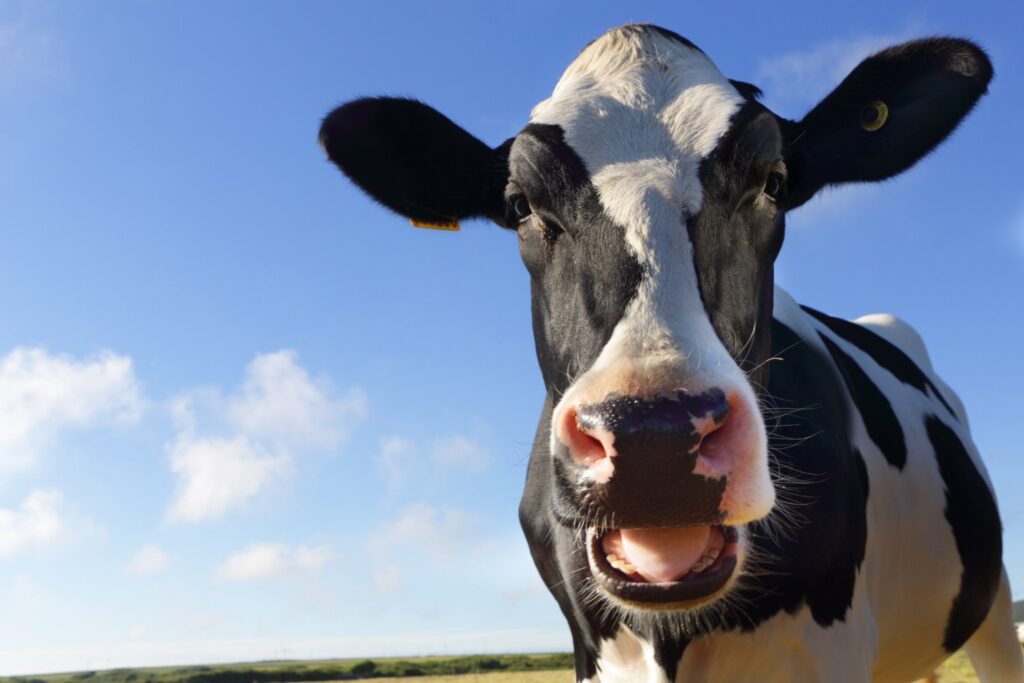H5N1 bird flu is likely infecting more people than we know. New research from the Centers for Disease Control and Prevention shows that 7% of monitored dairy farmers in Michigan and Colorado have tested positive for antibodies to the virus.
Since 2022, highly pathogenic avian influenza A strains of H5N1 have increasingly started to spread from birds to mammals. This year, H5N1 has spread widely among dairy cattle and other livestock in the United States. There have also been 46 confirmed human cases of H5N1 in the U.S. this year, with most (with one exception) thought to have originated from cattle or poultry. These new results, published Thursday in the CDC’s Morbidity and Mortality Weekly Report, don’t suggest that H5N1 is now spreading between people, but they do indicate that more vigilance is needed to prevent that kind of potential disaster.
The CDC worked with health officials in Michigan and Colorado (both states with dairy cow outbreaks) to interview and blood test local dairy farm workers. Of the 115 workers who had their blood tested, eight workers had H5N1 antibodies—a sign of having contracted the virus in the past. But only four of these workers remembered having recently been ill.
On the bright side, these hidden cases don’t mean that the virus has adapted to humans, at least yet. The infected workers had reported milking cows or cleaning the milking parlor recently, and of the four sick cases, all had worked on farms where H5N1 had been detected in cows nearby. This suggests that the virus had likely just spread from cows to these workers. Other data hasn’t showed any signs of unusual flu activity in the U.S. lately, further reducing the possibility that H5N1 has spilled out in the general population.
But dairy cow H5N1 outbreaks have occurred in 48 states this year, and thousands of workers have likely been exposed to these infected cows. So the confirmed human cases found to date are almost certainly a substantial underestimate of the true toll.
The more these viruses spread from birds to mammals, the more likely that they will evolve into strains that can easily spread between mammals in general. And the more chances that H5N1 is given to infect humans, the more likely that a strain could pick up the right mix of mutations that would turn it into a fast-spreading, deadly pandemic in humans. So the worse we are at finding these early cases, the harder it will be to prevent H5N1 from becoming a major problem.
The CDC researchers say more is clearly needed to track and prevent the spread of H5N1 on dairy farms.
“The findings support the need for active monitoring of exposed workers and testing to detect and treat HPAI A(H5) infections, including those in persons with very mild symptoms,” they wrote. “These efforts should be coupled with farmworker education about infection risks and prevention measures.”


